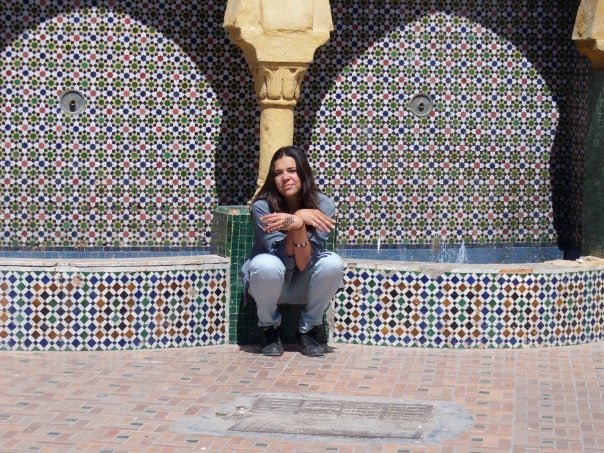Chapter 4:
-I thought, once again, that Kolbert's writing makes a very interesting divide between people who are living in rural areas, and the more native land dwellers that rely more on nature. In this chapter, she makes the point that most of us live in urban areas where it is hard to observe biological changes. At the same time, her descriptions of the rest of the world makes us realize that while grander observations await us, we can still see change within our own backyard. Here she gives the example from Ithaca, NY.
-It is important to think about the fact that Kolbert could not have sat in an office in the middle of a city to get the information she writes about. She had to trek and search through the wilderness and the history of the environment through archives and academics to get this information. For example, she talks about the Lepidoptera Distribution Maps Scheme. I was blown away by this. It is interesting that people muster up enough enthusiasm on such a technically detailed research area.
She goes out of her way to tell us what the butterfly is called in other languages.
-Global Warming can be observed on the small scale too. It's not just about Glaciers and mass climate change but its about invasive species and how different animals are affected by these changes...beyond that of "phenotypic plasticity"...to the point of driving evolution.
-I thought this chapter gave very vivid examples of how other life, beside our own, is disrupted by global warming...for the average person reading...this book opens your mind to a lot of different ways of looking at global warming.
-Her language is really effective. Amongst the scientific terminology her descriptions are creative and work to enhance the readers experience.
Saturday, November 14, 2009
The Butterfly and the Toad
Posted by NMI at 4:08 PM
Subscribe to:
Post Comments (Atom)

0 comments:
Post a Comment